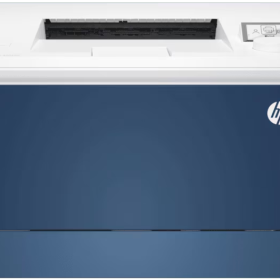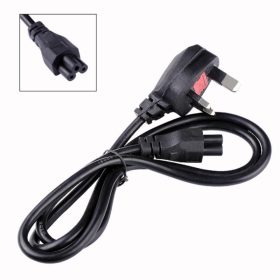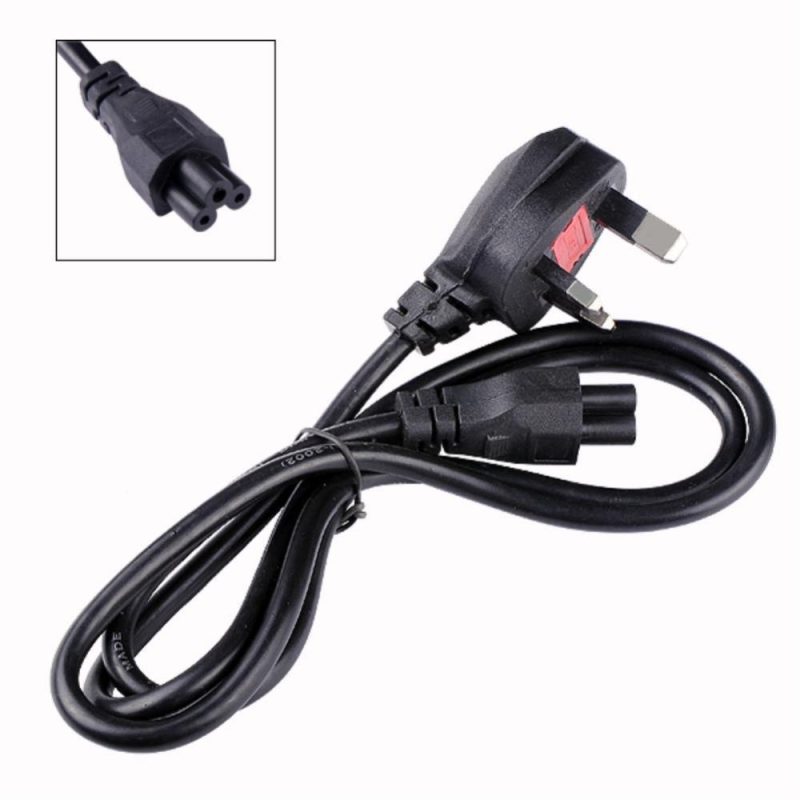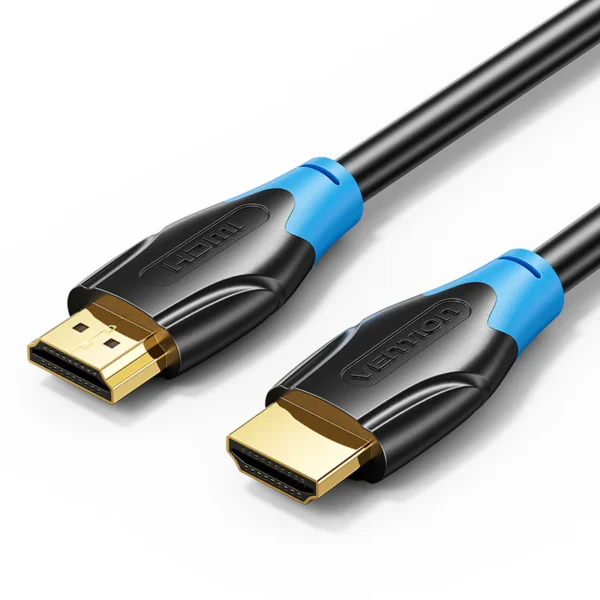Display Cables
| Cable Type | Key Features | Common Usage |
|---|---|---|
| HDMI | High-Definition Multimedia Interface; supports video + audio; 4K/8K support | TVs, monitors, gaming consoles, laptops |
| DisplayPort | High bandwidth; supports multiple monitors; 4K/8K output | PCs, gaming monitors, workstations |
| USB-C | Compact connector; supports video, audio, power delivery, and data transfer | Laptops, tablets, smartphones, docking |
| Thunderbolt | High-speed data + video + power in one cable | Apple devices, high-end monitors, storage |
| VGA | Analog connection; up to 1080p resolution | Legacy monitors, projectors, older PCs |
| DVI | Digital Visual Interface; supports HD video (no audio) | Older monitors, desktops, projectors |
| Mini DisplayPort | Smaller version of DisplayPort; supports high resolutions | MacBooks, ultrabooks, lightweight laptops |
KSh 500.00
Safe Checkout

Description
Display cables are essential components that connect devices such as monitors, TVs, laptops, and projectors. They transmit audio and video signals, ensuring users enjoy smooth graphics, vibrant colors, and clear sound. With multiple options available, from HDMI to DisplayPort, VGA, DVI, and USB-C, choosing the right cable depends on device compatibility, resolution support, and performance needs. Understanding these cables helps businesses, gamers, students, and professionals make the best decision for their setup.
Specifications Table
| Cable Type | Key Features | Common Usage |
|---|---|---|
| HDMI | High-Definition Multimedia Interface; supports video + audio; 4K/8K support | TVs, monitors, gaming consoles, laptops |
| DisplayPort | High bandwidth; supports multiple monitors; 4K/8K output | PCs, gaming monitors, workstations |
| USB-C | Compact connector; supports video, audio, power delivery, and data transfer | Laptops, tablets, smartphones, docking |
| Thunderbolt | High-speed data + video + power in one cable | Apple devices, high-end monitors, storage |
| VGA | Analog connection; up to 1080p resolution | Legacy monitors, projectors, older PCs |
| DVI | Digital Visual Interface; supports HD video (no audio) | Older monitors, desktops, projectors |
| Mini DisplayPort | Smaller version of DisplayPort; supports high resolutions | MacBooks, ultrabooks, lightweight laptops |
HDMI – The Most Common Standard
HDMI (High-Definition Multimedia Interface) is the most widely used display cable today. It carries both video and audio signals through a single connection. Modern HDMI standards support resolutions up to 8K, high refresh rates, and HDR for vibrant colors. It is ideal for connecting TVs, gaming consoles, Blu-ray players, and laptops. HDMI cables are also widely compatible, making them the go-to solution for home entertainment systems.
DisplayPort – Built for Performance
DisplayPort is designed for high-performance computing and gaming. Supporting multi-monitor setups, higher refresh rates, and 8K displays, DisplayPort is popular among PC gamers, engineers, and designers. It offers greater bandwidth than HDMI, making it suitable for professional environments where precision and speed matter. Many modern graphics cards and monitors feature DisplayPort as a primary connection.
USB-C and Thunderbolt – Modern Versatility
USB-C display cables are increasingly popular due to their reversible design and multifunctionality. A single USB-C cable can deliver video, audio, data transfer, and charging. This makes it perfect for ultrabooks, tablets, and smartphones. Thunderbolt (3 and 4), which uses the same USB-C connector, offers even faster speeds and supports daisy-chaining multiple devices, including high-resolution monitors and storage drives. These cables are especially common in Apple MacBooks and modern laptops.
VGA and DVI – Legacy Connections
VGA (Video Graphics Array) is one of the oldest display standards. As an analog connection, it supports resolutions up to 1080p but lacks the clarity and color accuracy of digital options. It is still used in legacy projectors and older monitors.
DVI (Digital Visual Interface), while mostly replaced by HDMI and DisplayPort, remains in use with older desktop monitors. It supports HD video but lacks audio transmission, requiring a separate cable for sound.
Mini DisplayPort – Compact but Powerful
Mini DisplayPort is a smaller version of DisplayPort, once common in Apple MacBooks and ultrabooks. While many devices now use USB-C instead, Mini DisplayPort remains compatible with adapters and supports high-resolution external displays.
Choosing the Right Display Cable
When selecting a display cable, consider:
- Resolution and refresh rate requirements (e.g., 4K, 8K, 144Hz for gaming).
- Device compatibility (ports available on laptops, PCs, TVs, or monitors).
- Audio needs (HDMI, USB-C, and DisplayPort carry both audio and video).
- Future-proofing (newer standards like HDMI 2.1 or DisplayPort 1.4 support advanced features).
For general users, HDMI remains the easiest and most compatible option. Professionals and gamers may prefer DisplayPort for its performance. Meanwhile, modern devices increasingly rely on USB-C and Thunderbolt for their versatility.
Final Thoughts
Display cables may seem simple, but they play a vital role in delivering high-quality visuals and sound. From legacy connections like VGA and DVI to modern, all-in-one solutions like USB-C and Thunderbolt, each cable has unique strengths. By understanding their features, you can choose the cable that best matches your device and usage. For anyone upgrading a monitor, setting up a gaming rig, or connecting laptops to external displays, investing in the right display cable ensures a seamless and professional experience.









